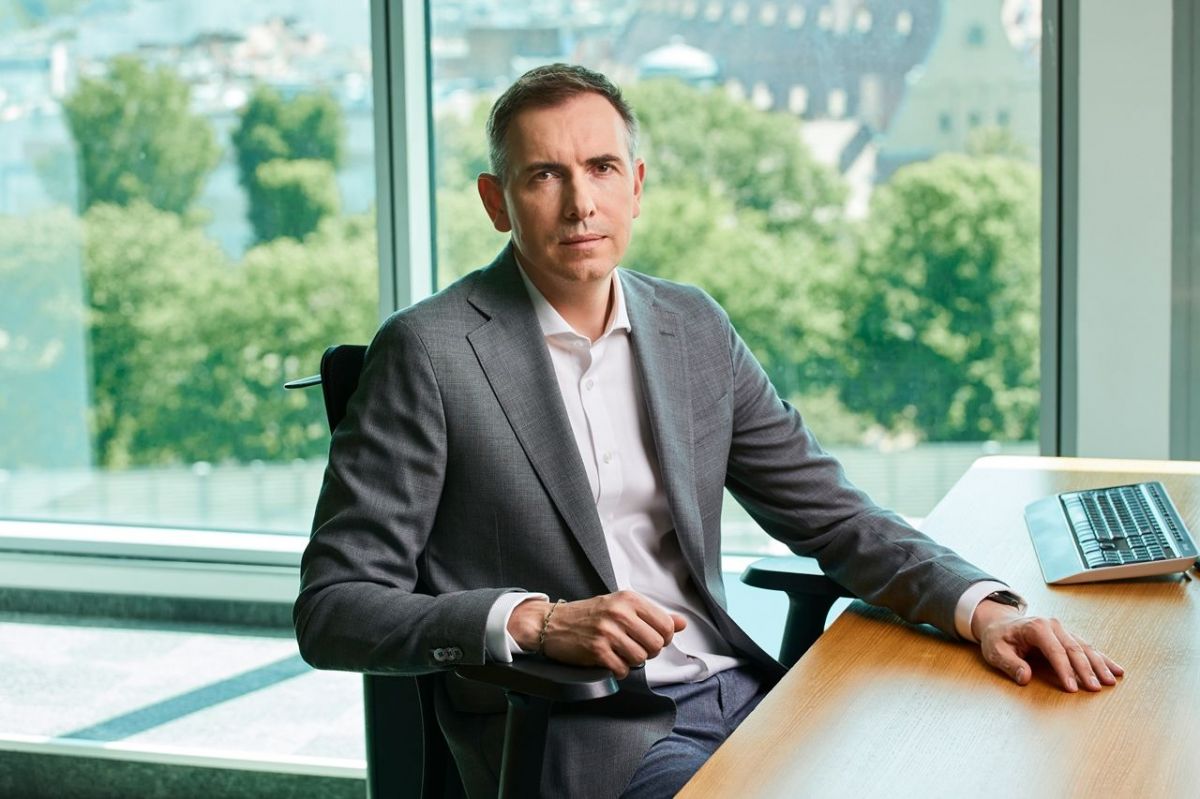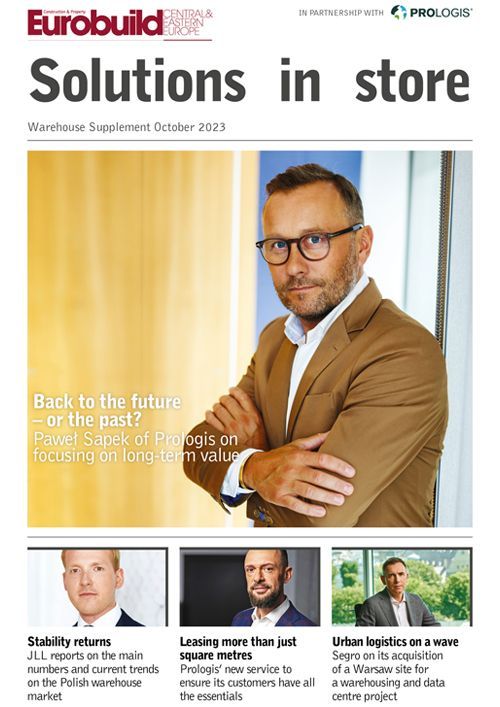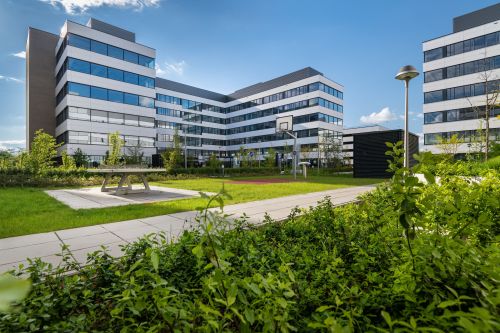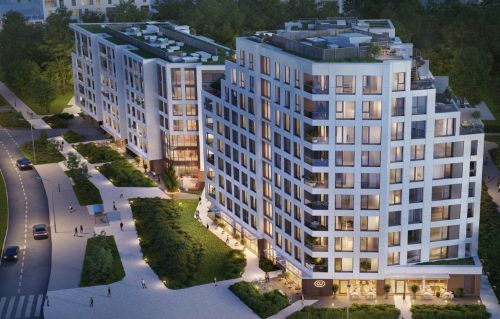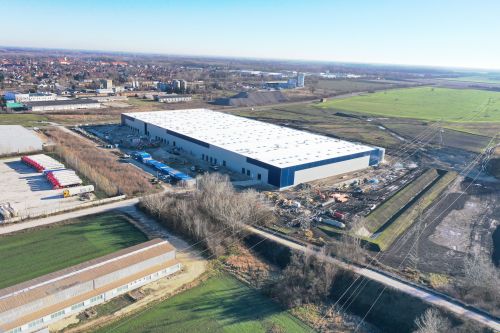‘Eurobuild CEE’: Segro has been active in Poland for almost two decades. How has the warehousing market evolved during this time and what role has the firm played in it?
Bartosz Michalski, technical development director for Central Europe, Segro: Poland, due to its strategic location in Central Europe, has been an attractive destination for both investors and tenants for many years. The availability of land, the low investment costs and the development of the logistics sector have all contributed to the growth of the warehouse and manufacturing market. Segro’s strategy in Poland has always been based on its presence in major, established logistics locations. These are markets with exceptionally high growth potential and an excellent pool of potential employees – Warsaw, Poznań, Łódź, Stryków, Gliwice, Tychy and Wrocław.
In addition, the growing strength of the e-commerce market that has built up in Poland over the years has created the need for large
